Sensible Stillness
Posted in 21st Century, Editorial blog posts, Places, Stories, Strandlines, contemporary, public squares and tagged with Day of the Triffids, London, MyStrand, UK, Westminster, coronavirus, covid19, diary, life writing, lock-down, lockdown, personal, quiet, reflections, silence, stillness, strand, street walking
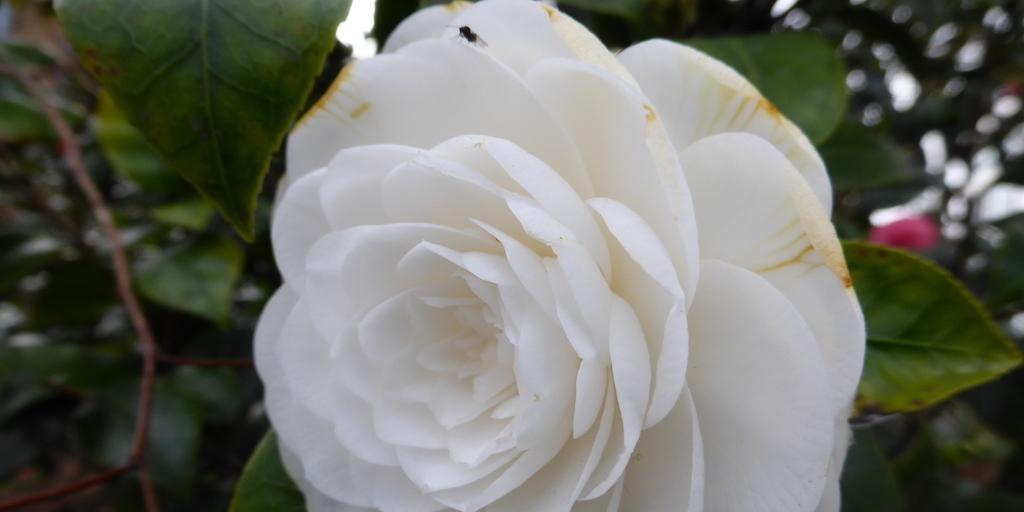
In 1796 Mary Wollstonecraft reflected in print on her travels in Scandinavia. One topic she addressed was quietness. She alludes to the ‘stupid stillness’ of London on a Sunday… which came to mind as I walked along the Strand on a spring morning, 17 March 2020, the day before London lock-down because of coronavirus Covid-19. There was much talk already of lock-down, which Italy and France had done. Would it feel worse if we said lock-up?
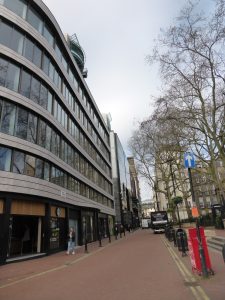
Looking towards the Strand, with Embankment station behind, 17 March 2020.
I started at Embankment station: the normally bustling cut-through to the Strand was eerily empty. The flower stall was closed. Embankment Gardens was also deserted: I saw three other people in total. Birdsong seemed louder and no wonder: the traffic was much thinner than usual.
Up on the Strand traffic was extraordinarily light: you could cross at red lights with no danger at all. Most of the traffic was vans and taxis, more than usual. The pavements were so unpeopled you could see their whole width. There were fewer homeless people, and those enduring the last of the winter had a particular expression, a glumness induced by there being so few givers passing by.
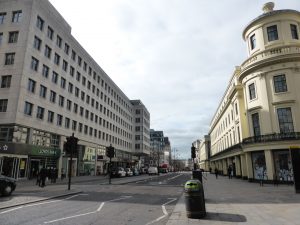
On the Strand, looking west towards Trafalgar Square, 17 March 2020.
The coffee-shops had nobody in them. The food chains had nobody in them. Even Mcdonalds was deserted. The bank and chemist were open, with hopeful assistants hovering at the door, keen to be meaningful.
It was all very quiet – ‘too quiet sergeant I don’t like it’ kind of quiet.
It was also like being in a dystopian fiction. I thought of John Wyndham’s The Day of the Triffids, where the protagonists scour an abandoned metropolis for supplies and fellow survivors. One group takes refuge in the University Library.
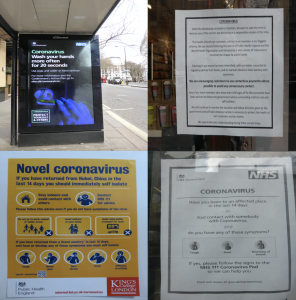
A selection of COVID19 posters seen on the Strand, many already out of date.
I didn’t want to think any further. Instead I paused to read virus literature, in the form of notices some premises had on their windows, asking about symptoms. The bus stop had a digital ad to remind us to wash hands.
I recognised some of the posters as out of date – we are in a different phase now, officially pandemic and with liberties rewritten as social contract: we should self-isolate or practise social distancing so that more of us can stay alive. That’s an interesting twist to utilitarianism, greatest good of the greatest number, in the Anthropocene?
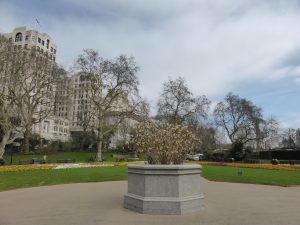
Embankment Gardens, 17 March 2020.
I thought of all the upheavals the Strand had seen and especially medical ones – plague, typhoid, cholera; all the fires and floods; all the storms. Funnily enough it almost felt like a breathing space – definitely so for the planet.
There were fewer contrails scratching the sky. The air was better: lighter, cleaner, fresher. The coincidence of blackbird and daffodil was a reminder of the power of nature.
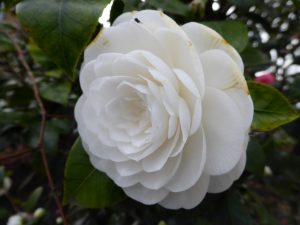
Camellia in Embankment Gardens, 17 March 2020.
In Embankment Gardens I thought of how a possible human action had created Covid-19; our mutation, all the way from China. But then I thought of all the adjustments that gardening makes to nature, and that we enjoy some exquisitely beautiful things from China – like the camellia, camellia sinensis, ‘camellia of China’.
A white one blooms at the south end of Embankment Gardens.

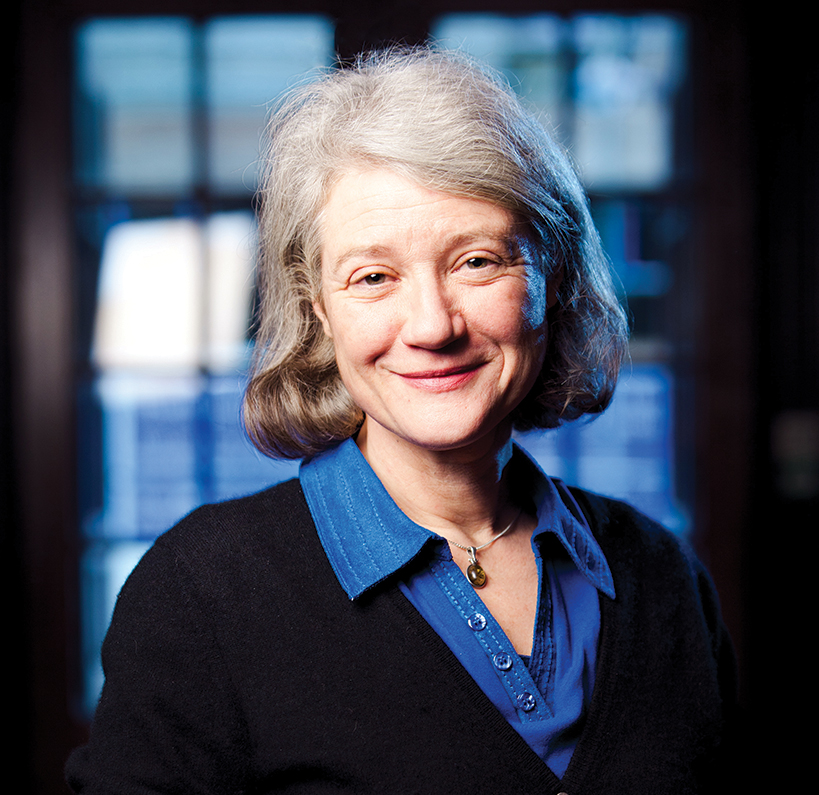
Lovely thoughts, Clare – thank you
Thank you for reading, Jane!
A lovely meditation. Must we credit a virus for the moment? I’d rather thank the author for mining this moment of peace.
Thank you for your comment, Eric. I would have to agree with you – – perhaps while this is going on, and when it’s over, we can all try look for these moments more often.
Thank you for taking us with you in this stroll from the Strand to the Embankment but also from the sadness of the moment to the hope for the future.
Thank you for reading, Zanasi, and for your kind comment.
Salutary thoughts worth both expressing and reading in these strangest of times..very much appreciated and enjoyed!
[…] This phrase brings up two interesting points. Firstly, the enjoyment of walking around the Strand as “a sense of holiday” which I think we can relate to in contemporary London. The Strand and surrounding area is usually full to the brim of exploring Londoners and tourists alike (though sadly less so at present). […]